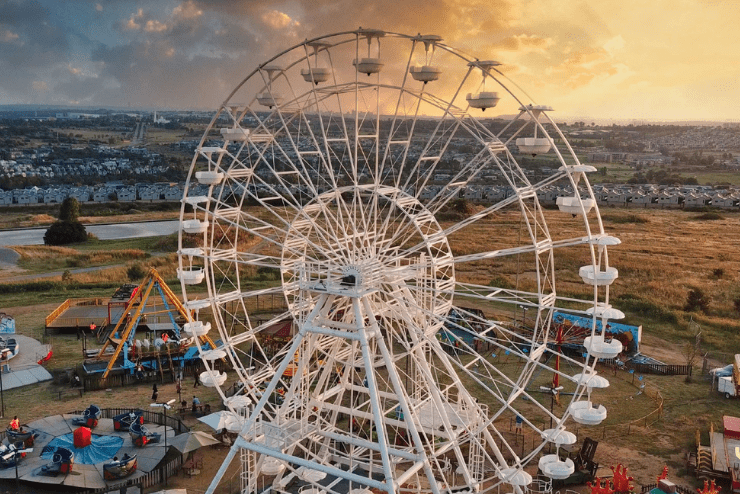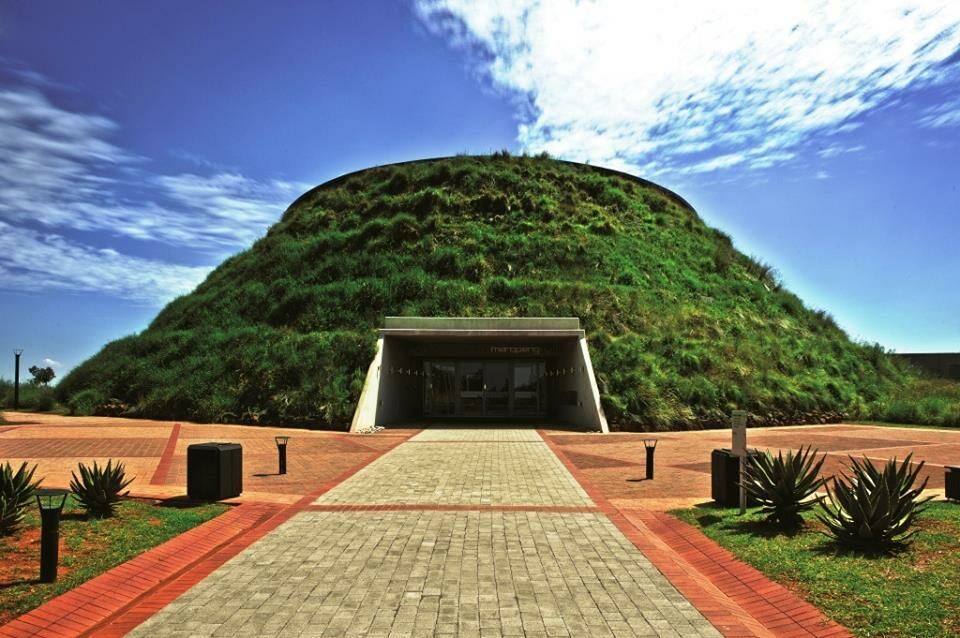The Buzz on Johannesburg North Attractions
The Buzz on Johannesburg North Attractions
Blog Article
Not known Facts About Johannesburg North Attractions
Table of ContentsJohannesburg North Attractions for BeginnersThe Basic Principles Of Johannesburg North Attractions The Ultimate Guide To Johannesburg North AttractionsThe Main Principles Of Johannesburg North Attractions The Single Strategy To Use For Johannesburg North AttractionsJohannesburg North Attractions Can Be Fun For EveryoneThe Ultimate Guide To Johannesburg North Attractions
Nevertheless you ought to keep protection in mind and vacationers must stay alert in any way times when in unfamiliar surroundings. Talk to the locals when you are in community to learn about the location you are remaining in. Johannesburg North attractions. When on the road (this doesn't put on mall and other safe settings) best general guidance is to try your best to resemble a regional and to avoid presenting any type of type of riches
A Biased View of Johannesburg North Attractions
Professor Revil Mason O. J. (Thomson, 1946) checked out the Witwatersrand's pre-colonial background. His archaeological work exploded the 'em pty land' myth, according to which the area was empty of human habitation prior to the arrival of European inhabitants. In his magazines Prehistory of the Transvaal: A Record of Human Activity (1962) and Origins of Black People of Johannesburg and the Southern Western Central Transvaal Advertisement 3501880 (1986 ), Teacher Mason showed the level of social and economic development in the area before Europeans established foot here.

Not known Details About Johannesburg North Attractions
He acted with the government's permission, approved after he had sworn to keep his explorations secret. In 1874, small-scale mining operations were started in the Magaliesberg, where an Australian, Henry Lewis, had discovered gold deposits. In 1878, David Wardrop discovered gold in quartz blood vessels at Zwartkop, north of Krugersdorp. In 1881, Stephanus Minnaar encountered gold on the farm Kromdraai, near the Cradle of Humankind.
In March 1886, an outcropping (quickly to be called the Main Reef) was discovered, rather luckily, on Gerhardus Oosthuizen's ranch Langlaagte. Some state that the Lancastrian coal miner George Pedestrian discovered this reef. One more itinerant English miner, George Harrison (that had previously worked in Australian mines) acquired a prospecting permit in regard of Langlaagte in Might 1886.
He chose to proceed in a quest for greener fields, and disposed of his Langlaagte claim for the princely amount of 10. Alas: under lay the wealthiest goldfield ever before discovered. The exploration of this rich auriferous coral reef provoked a gold rush that signalled completion of agrarian tranquillity in the southern Transvaal.
It would, within six years, end up being the largest community in southerly Africa. Within a years, it would make the Z. A. R. till after that an anarchical and bankrupt little state the richest nation in Africa. By the turn of the century, the Z. A. R. was to surpass Russia, Australia and the United States of America to become the world's leading gold producer, producing more than home a quarter of the world's gold.
How Johannesburg North Attractions can Save You Time, Stress, and Money.
It was referred to as Ferreira's Camp, called after Colonel Ignatius Ferreira. He was a Boer traveler upon whom the British authorities had bestowed the standing of Buddy of the Many Identified Order of St Michael and St George (entitling him to the post-nominal letters C. M. G.) in gratefulness for his duty in the war that look at this web-site had actually deposed the Pedi king Sekhukhune in 1879.
Two various other camps were established: Meyer's Camp on the farm Doornfontein, and Paarl Camp. The latter was nicknamed Afrikander Camp; numerous people from the Cape Swarm resolved there.

Johannesburg North Attractions Fundamentals Explained
This name acquired money by word of mouth, such that the State Secretary attested the name to the Mining Commissioner on 9 October 1886. Stands in the village were auctioned on 8 December 1886. While some stands were cost 10, others were knocked down for just sixpence.
Two years later on, these erven were to change hands for as long as 750 each. The tented camps dwindled as a dorp of corrugated iron structures developed and broadened north of the mines situated along the Main Reef Roadway. Areas such as Jeppe's Town (where working-class immigrants erected their dwellings) and Doornfontein (where the upscale brand-new 'Randlords' began to construct their extravagant residences) were quickly contributed to the ever-expanding map of the community.
The Of Johannesburg North Attractions
Apart from the street names, there were no indicators of Johannesburg being located in a Dutch-speaking country. Several years later, C. W. Kearns O. J. (one of the initial young boys Get More Info signed up at St John's University in 1898) would certainly recall: 'An odd reality concerning Johannesburg was that, although it remained in the [Boer Republic], nearly everyone spoke English and even the Government servants addressed one in English, unless they were first dealt with in the Taal (or Reduced Dutch)'.
Because of this, Britain had a rate of interest in guaranteeing ideal problems for gold manufacturing on the Witwatersrand, and that the gold was exported to London instead than Berlin a necessary provided even more clamant by the Z. A. R - Johannesburg North attractions.'s enhancing toenadering with Germany. Mine owners were on a crash course with Head of state Kruger, whose plan of monopolistic concessions (usually approved to his cronies) stopped mining companies from acquiring materials of materials (especially dynamite) and work by themselves, cheaper terms
Excitement About Johannesburg North Attractions
In 1890, the Volksraad had actually restricted the franchise business to white men who had stayed in the Z. A. R. for fourteen years or longer, thus disqualifying a lot of the immigrants (that happened to be the significant factors to the fiscus). Frustration for the vote was a plain pretext for promoting a different agenda; the majority of uitlanders concerned themselves as short-term visitors and had no intent of remaining in the Z.
Report this page